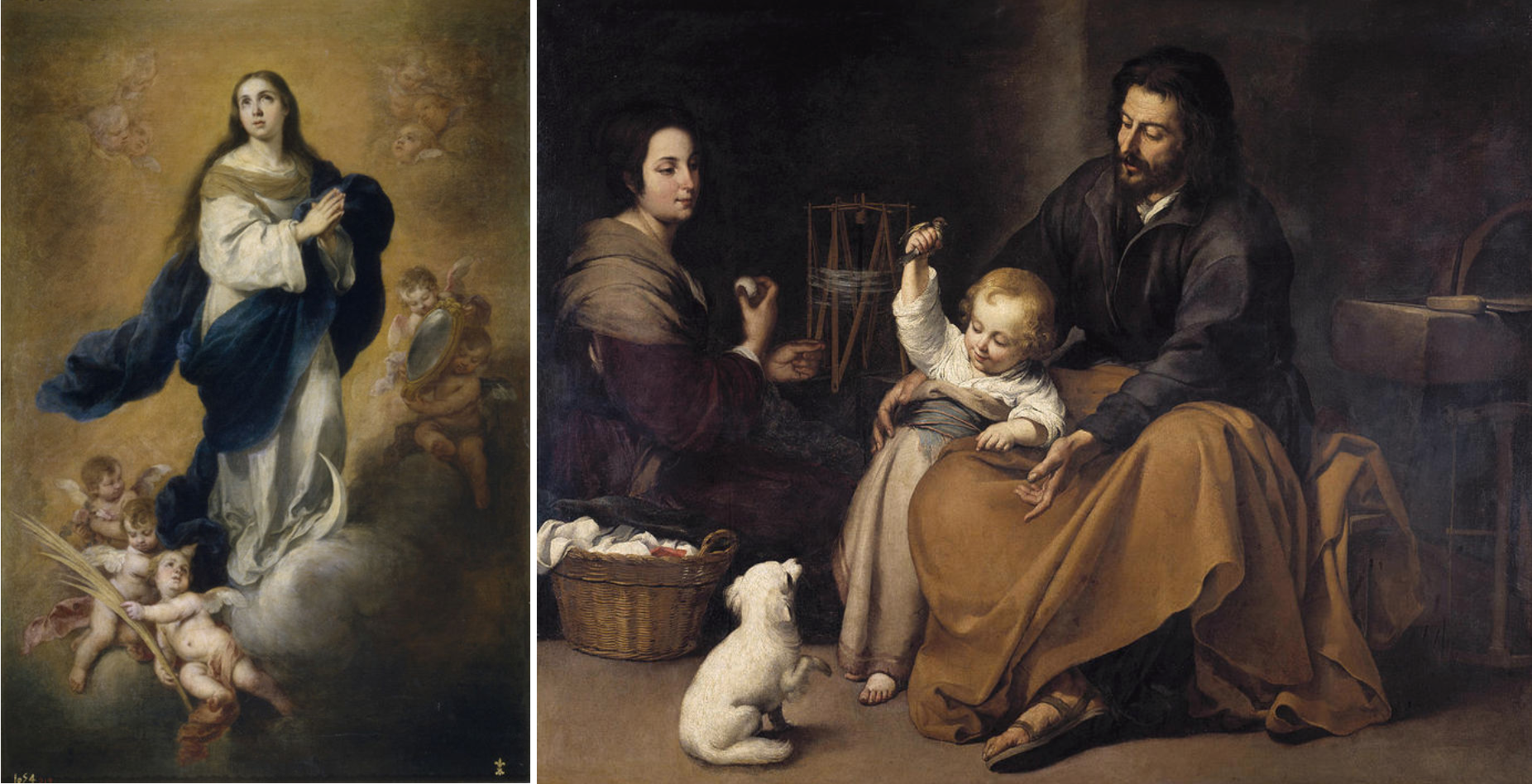13.3 The French and Spanish Baroque Painters
1/6
There's no tags or description
Looks like no tags are added yet.
Name | Mastery | Learn | Test | Matching | Spaced |
|---|
No study sessions yet.
7 Terms
Nicolas Poussin
founder of French classical tradition, specializing in scenes from the Bible, ancient history, mythology.
Et in Arcadia ego (the shepherds of arcadia), the abduction of the sabine women, dance to the music of time
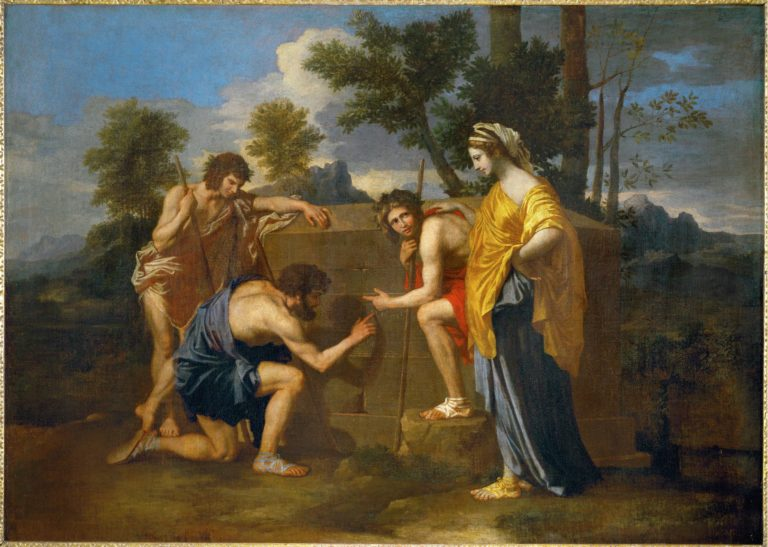
Claude Lorrain
famous for his Baroque-style landscapes that exuded classicism.
His landscapes are usually turned into the more prestigious genre of history paintings by adding a few small figures, typically representing a scene from the Bible or classical mythology.
tell no dramatic story, point out no morals, praise no hero, and celebrate no saint. Indeed, the figures in his paintings often appear to be added as mere excuses for the radiant landscape itself.
Sermon on the Mount, Worship of the Golden Calf
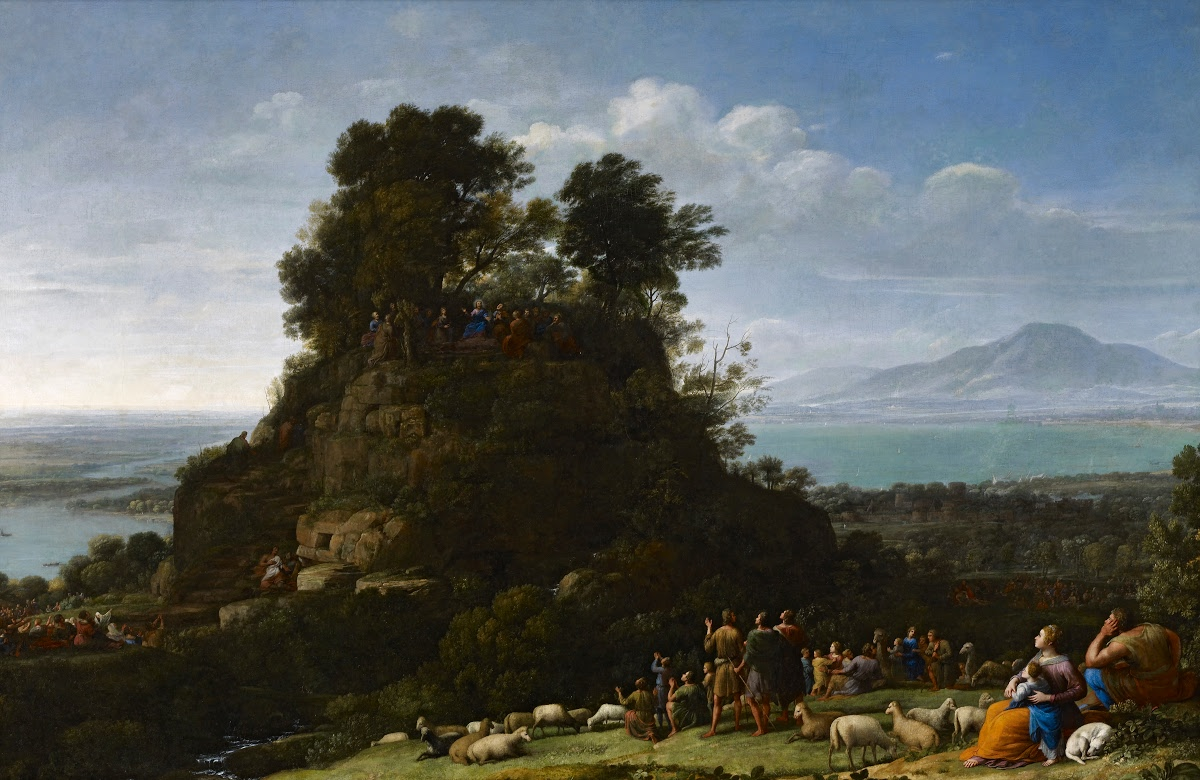
Georges de la Tour
one of France’s leading exponents of Caravaggism
he innovatively explored nocturnal light, employing geometric compositions and simplified forms to convey a calm and thoughtful spirituality.
his work was influential in his time, as King Louis XIII, Henry II of Lorraine, and Cardinal Richelieu were patrons of his work.
Examples of his works include The Fortune Teller, Joseph the Carpenter, and The Penitent Magdalene.
Francisco de Zurbarán
was the leading painter in Seville.
His pictures were mostly painted for the Spanish religious orders, and he was one of the most uncompromisingly Catholic and serious painters.
gained the nickname “Spanish Caravaggio”
His best work is very direct and intensely spiritual
St. Francis in meditation, Agnus Dei, and St. Luke painting the Crucifixion.
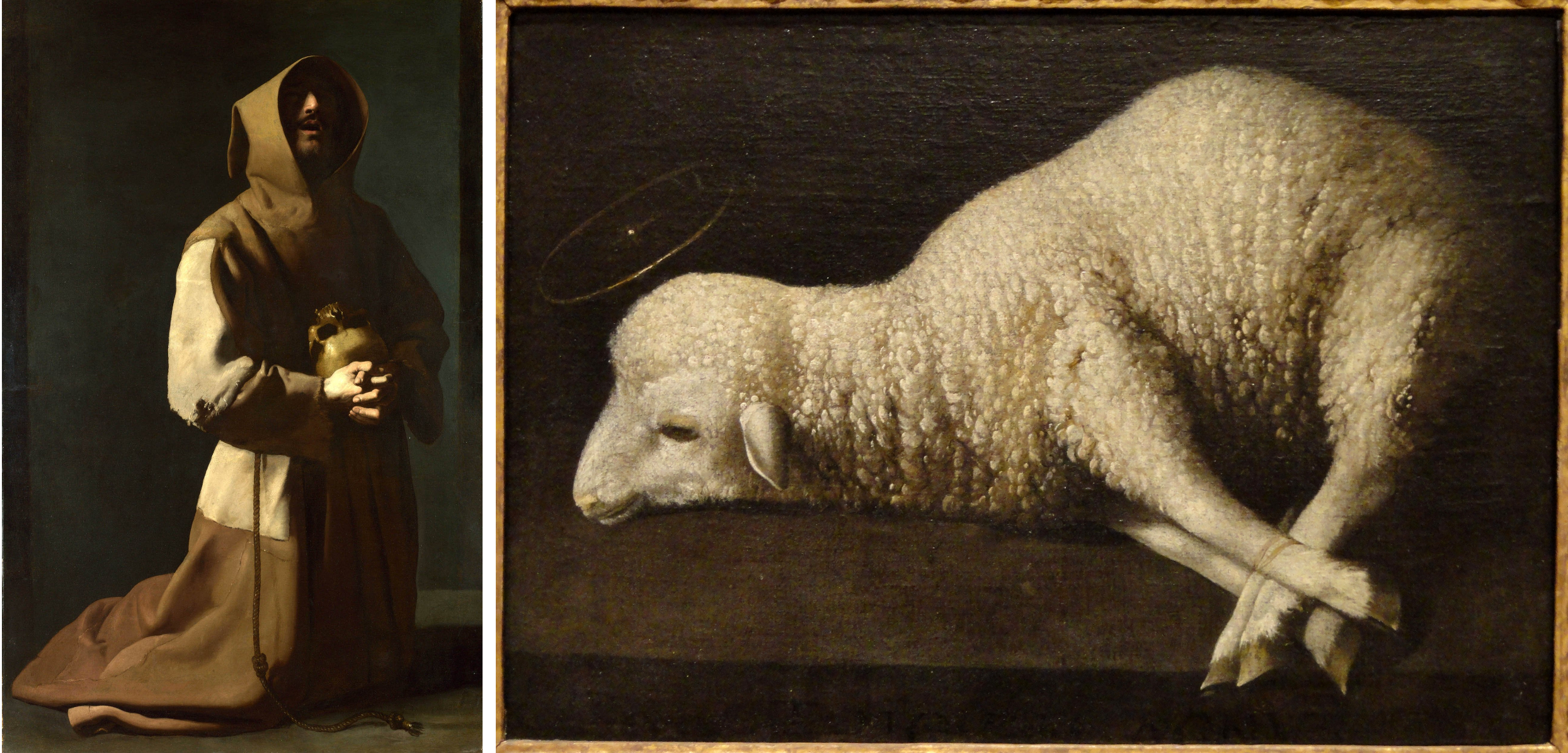
Jusepe Ribera
Also known as Lo Spagnoletto ("the Little Spaniard")
was strongly influenced by Caravaggio's tenebrism and became one of the greatest Spanish exponents of Baroque painting and the Vatican's propaganda campaign of Catholic Counter-Reformation Art.
His paintings were effective and compelling due to their naturalism and drama, which often embraced brutal themes, reflecting the harsh times of the Counter-Reformation and the Spanish taste for stories showcasing courage and devotion.
Examples include The Martyrdom of St. Bartholemew and Head of St John the Baptist.
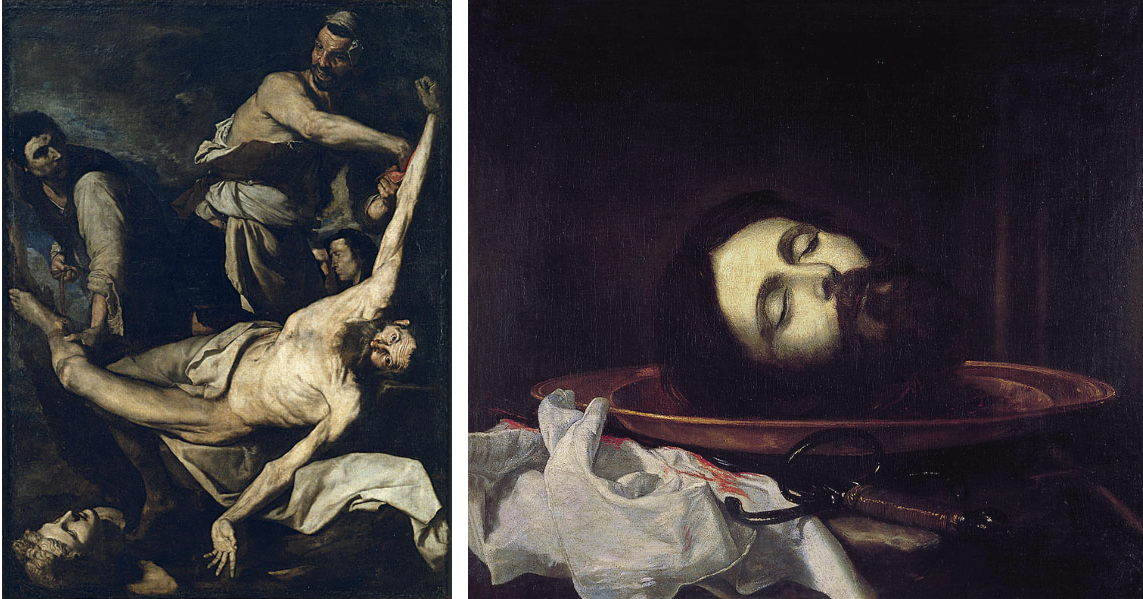
Diego Velazquez
one of the most important painters
premier tenebrist of the Spanish Golden Age
court painter to King Philip IV and completed over 20 portraits of the King and his court.
Philip IV in Brown and Silver, The Toilet of Venus (The Rokeby Venus), Las Meninas (The Ladies in Waiting)
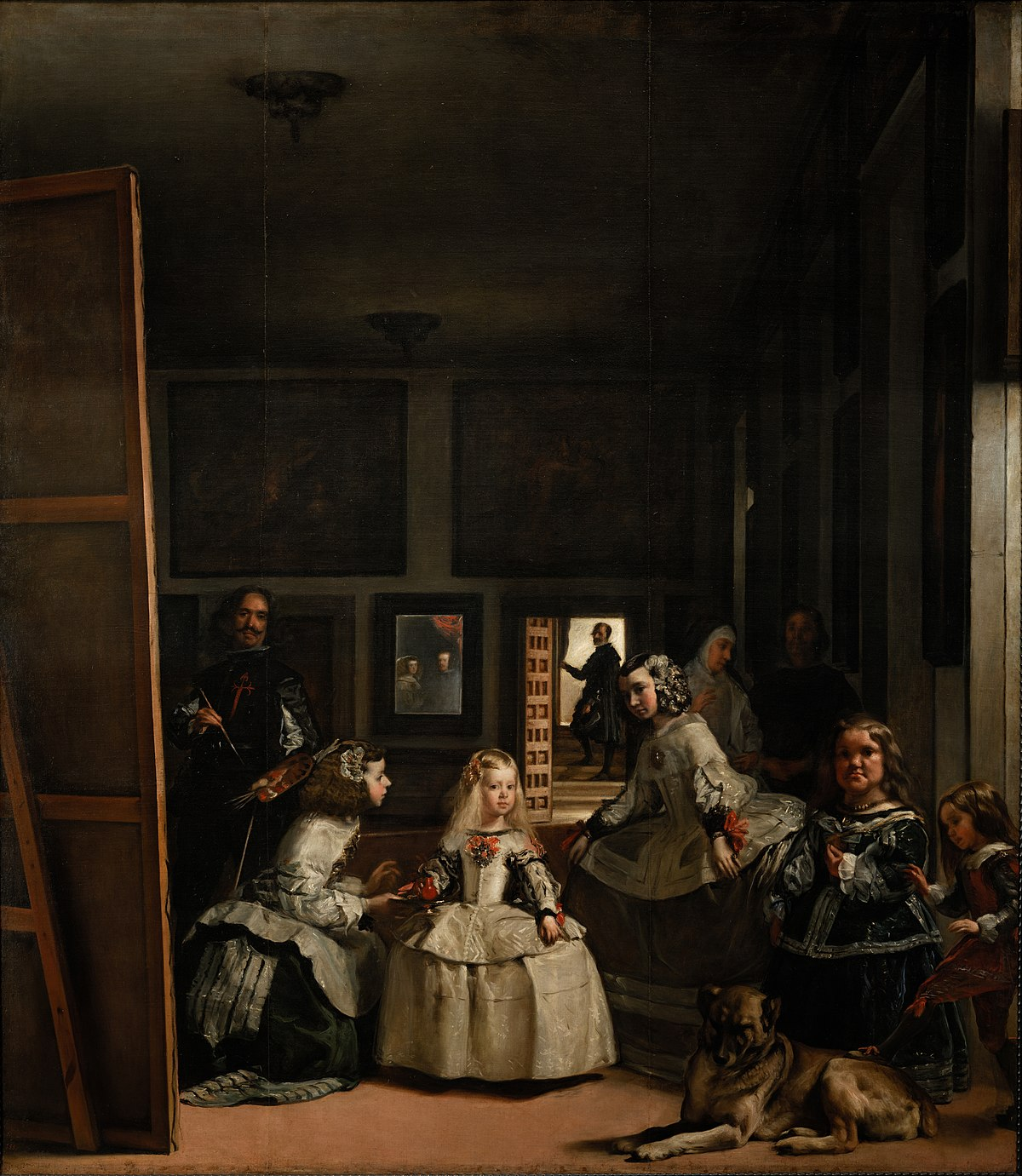
Bartolomé Esteban Murillo
was known as the greatest religious painter of his age.
He developed a lush, illusionistic, yet accessible style that combined his grasp of the sensual world with religious conviction and respect for narrative clarity.
He painted convincing human beings with recognizable emotions.
His notable works include The Immaculate Conception and The Holy Family with dog.
